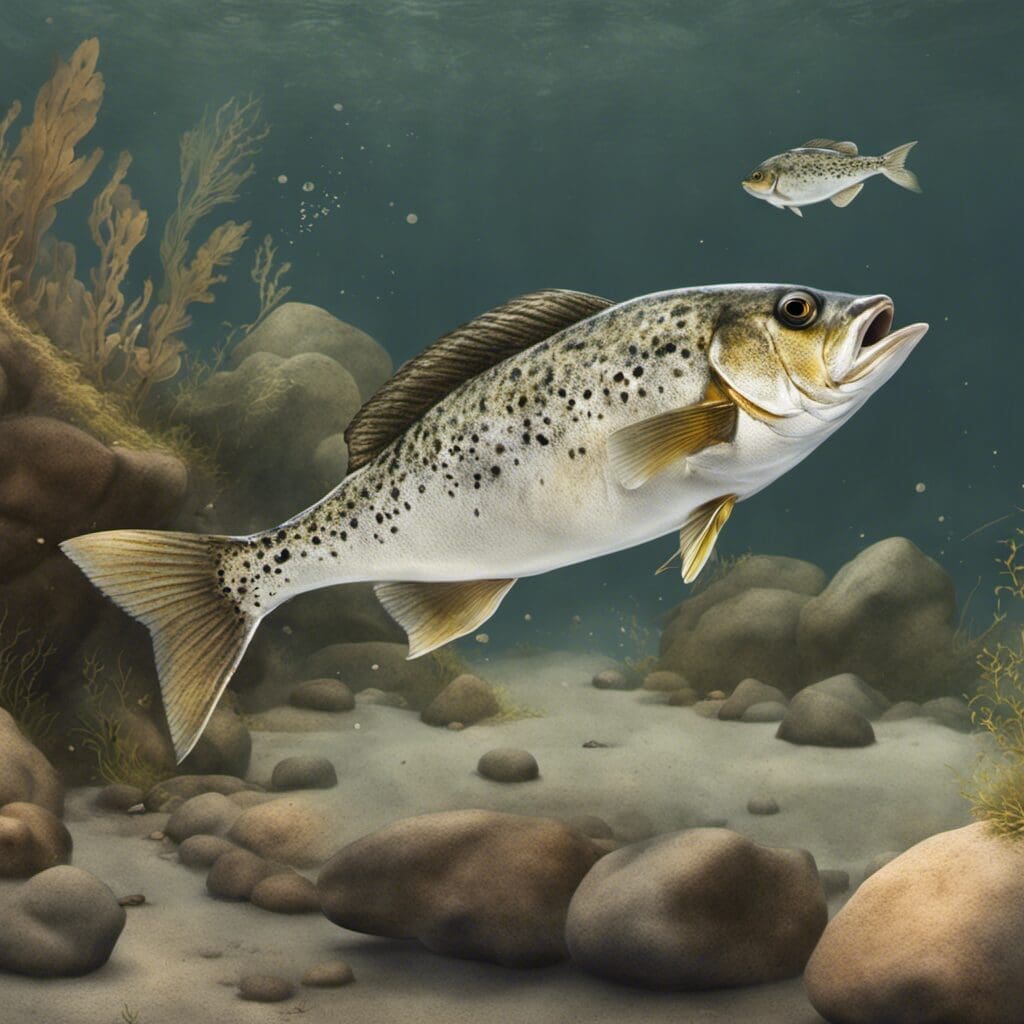Introduction
The Speckled Pavon, also known as the Peacock Bass, is a freshwater fish belonging to the Cichlidae family. It’s scientific name, “Cichla temensis” underlines its grouping among the cichlids.
Conservation Status
The Speckled Pavon is classified as a species of ’Least Concern’ on the conservation status. Thanks to successful stocking efforts across different areas, the population of the Speckled Pavon has remained stable.
Conservation Efforts
Efforts to maintain the population of the Speckled Pavon include the enforcement of catch limits, strict fishing seasons, and the preservation of their natural habitats.
Statistics
Considered one of the largest cichlids, the Speckled Pavon holds impressive statistics.
| Statistic | Average | Range |
|---|---|---|
| Length | 75 cm | 35-90 cm |
| Weight | 10 kg | 4-14 kg |
| Average Lifespan | 8-10 years | N/A |
Distribution
A South American species, the Speckled Pavon is found widely in the Amazon and Orinoco river basins in countries such as Brazil, Columbia, and Venezuela.
Migration Patterns
Speckled Pavon are not known to be migratory. They tend to stay within their preferred habitats of still or slow-moving water bodies.
Habits
This species thrives in warm, tropical freshwater environments. They are known for being most active when temperatures range between 26-30°C.
Water Type
Speckled Pavon prefer freshwater habitats, typically in tropical rivers and lakes.
Depth Range
These fish are found at depths up to 20 meters but tend to stay closer to the surface, particularly around cover like submerged vegetation or fallen trees.
When and Where to See
Catch of Speckled Pavon tends to peak between late spring to early fall, during the local wet season. However, they can be found year-round given the right conditions.
Best Fishing Locations
Top Spots
- Amazon River, Brazil
- Blackwater River, Orinoco Basin, Venezuela
- Paraiba do Sul River, Brazil
- Napo River, Ecuador
Fishing Tips
Speckled Pavon are known to hide near submerged structures. Look out for areas with plenty of cover and cast your lines there.
How to Catch
Using baits such as shrimp, tucunare, and other small fish can attract this species. Fishing techniques include trolling, casting, and live-bait fishing.
Identification Guide
The Speckled Pavon, true to its name, comes with a pattern of dark speckles on its golden-green body. The fish has a unique “eye spot” near its tail which can be used for identification. Its body shape is somewhat similar to that of a largemouth bass.
Culinary
How to Cook
The flesh of the Speckled Pavon is delicate and light. They’re tasty when grilled or baked, with flavors enhanced by citrus or herb marinades.
Nutrition Facts
With high protein and low-fat content, Speckled Pavon is a delicious and healthy choice. It’s packed with essential vitamins and minerals like Vitamin D, Vitamin B-12 and Omega-3 fatty acids.
Additional Information
Speckled Pavon are aggressive predators and primarily feed on smaller species, insects, and crustaceans. There’s been no significant human-induced threats reported. The species forms a cherished part of the sports fishing industry, with many anglers enjoying the challenge it presents.
References and Further Reading
Given the wealth of information available online about the Speckled Pavon and its popularity among anglers, numerous resources discuss this species. Potential references include research articles, fishing guides, and ecological studies that provide a detailed understanding of the Speckled Pavon’s habits, habitats, and characteristics

